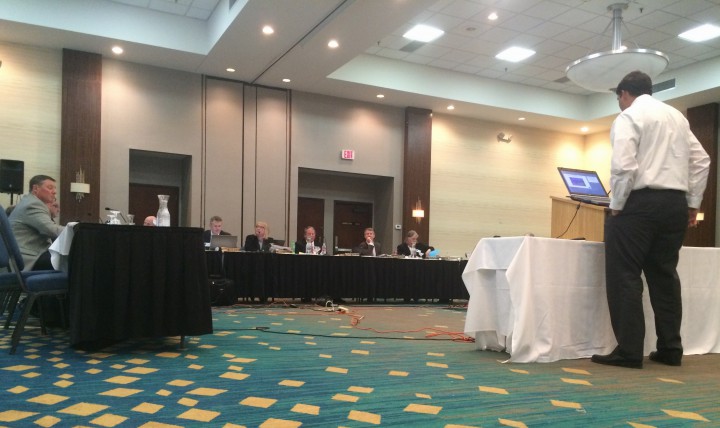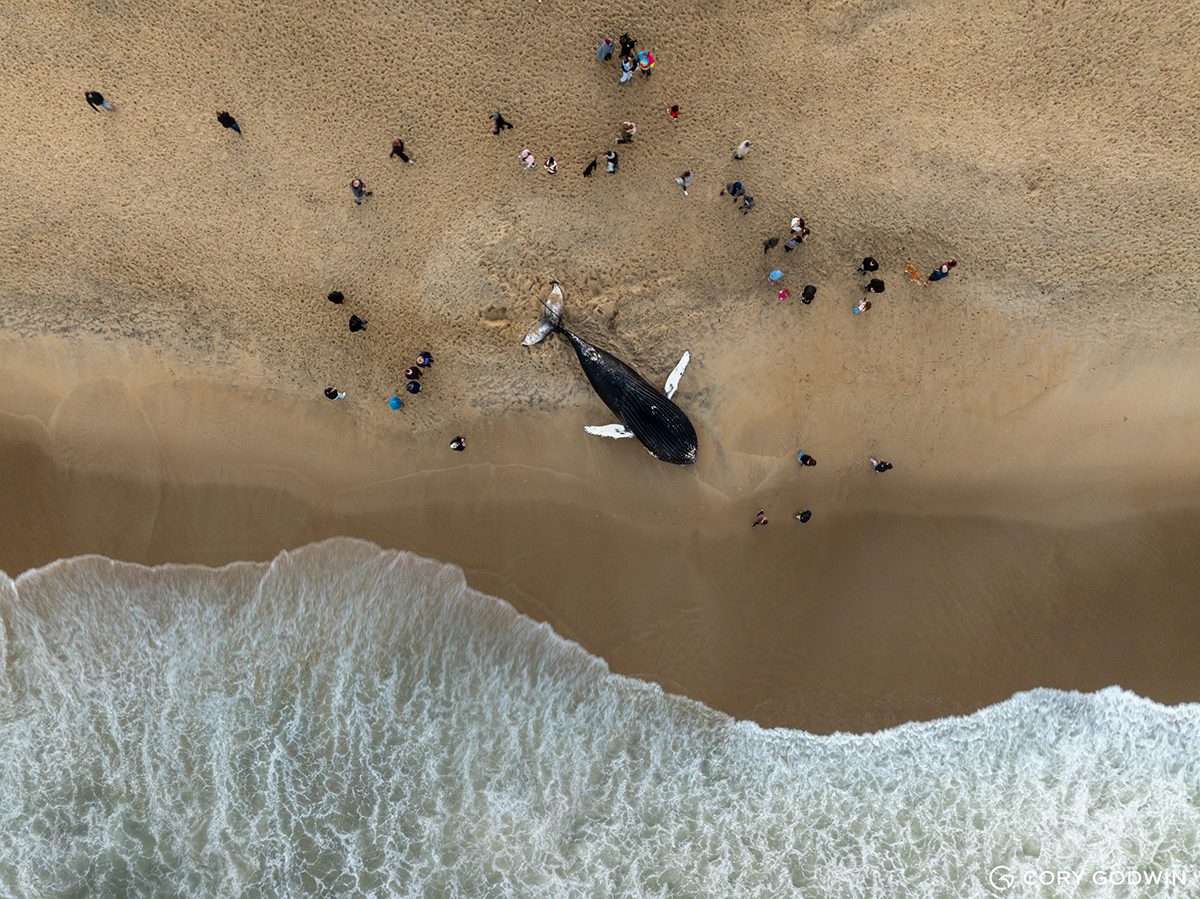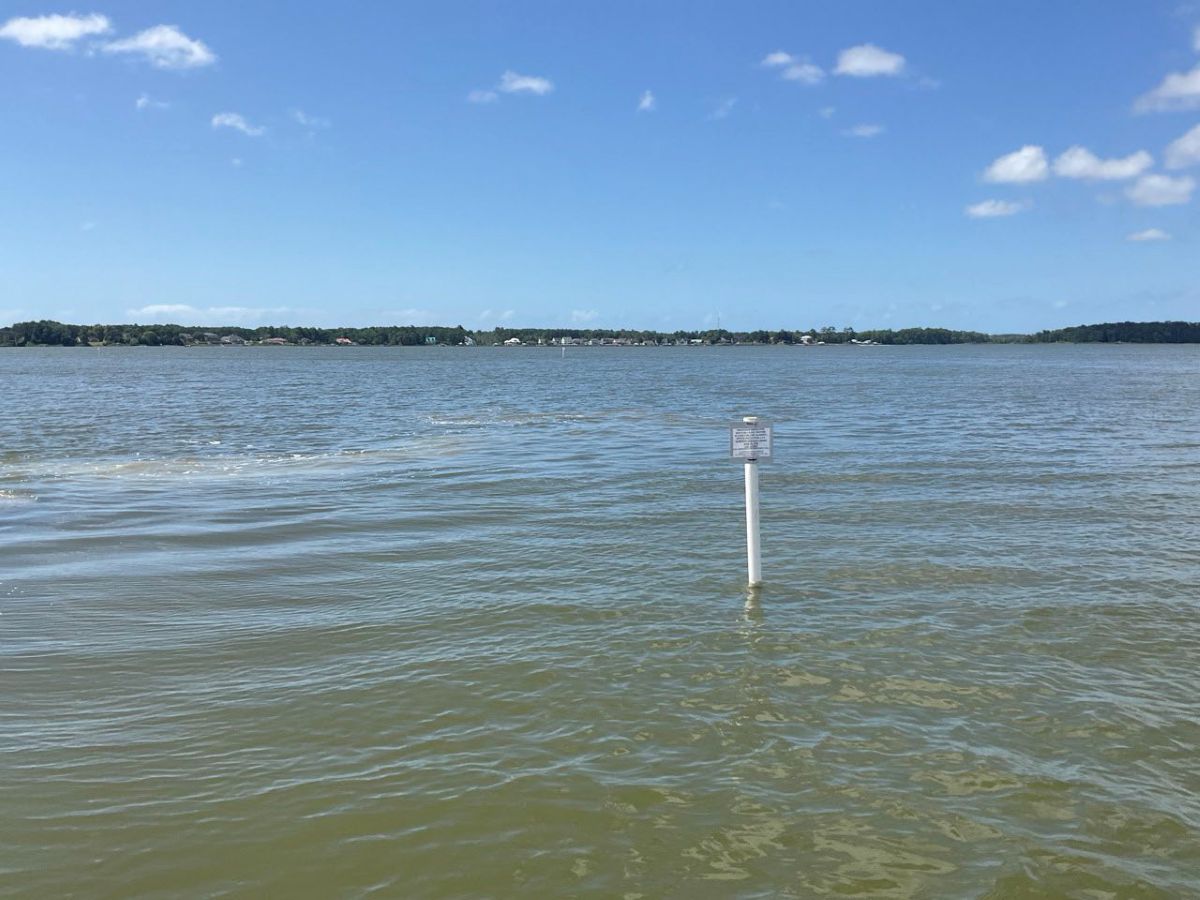
ATLANTIC BEACH — New rules allowing the expanded use of sandbags to control erosion on N.C. beaches are set to take effect March 1.
The state’s Coastal Resources Commission approved the temporary rules Wednesday during its meeting at the DoubleTree Resort. The N.C. General Assembly in 2015 mandated the changes, which are also to be reflected in permanent rules that must be adopted within 270 days of the effective date of the temporary rules.
Supporter Spotlight
Opponents say the changes could result in massive sandbag seawalls all along the oceanfront, blocking public access to beaches, harming wildlife habitats and exacerbating erosion problems elsewhere on the strand. Those opposed also point to provisions they say could allow sandbags, which are allowed as temporary measures, to remain in place forever.
Commission members have also expressed concerns during their deliberations, which began last fall. Some of their concerns lingered Wednesday. The new rules allow sandbags to be used even where there is no imminently threatened structure, such as a vacant lot, which was not previously allowed. They allow for contiguous sandbag walls from one shoreline property boundary to another, regardless of whether there is an imminently threatened structure.

Commission Chairman Frank Gorham noted the provision could allow sandbags to stretch the entire length of an island.
“There is potential for a domino effect in that case,” said Mike Lopazanski, policy analysis manager with the N.C. Division of Coastal Management.
The termination date for all permits covering contiguous sandbag walls on a property will now be the same as the permit-expiration date of the last bags placed, rather than the first bags placed as was the case previously. This provision also prompted discussion. Examples could include a wall that’s lengthened because of new erosion problems or in cases where bag walls are made higher, said Braxton Davis, the division director.
“In those cases, then everything that’s on the property would be under one expiration date. I don’t know that we’re going to see this frequently,” Davis said. “We’re not going to be re-setting the date every time there’s a new bag put in place or anything like that.”
Supporter Spotlight
Davis said the division would have to evaluate whether additions would be reasonable and meet other criteria.
The N.C. Coastal Federation, the Southern Environmental Law Center and the town of Nags Head each took issue with the rules changes in comments submitted by the respective groups in December.
The federation said it objected because the rules would “destroy the quality of our natural beaches and interfere with the public’s right to use the dry sand beach.” The federation also questioned the constitutionality of the legislature’s mandate and requested the state attorney general to evaluate the law and whether it is consistent with the state’s public trust doctrine. North Carolina recognizes the entire ocean beach as generally subject to public trust rights.
The law center expressed similar worries as well as concerns about the threat to wildlife, saying the rules pose a substantial danger to loggerhead sea turtles and shorebirds such as the piping plover and the red knot. The wildlife mentioned are protected by the Endangered Species Act.
Cliff Ogburn, town manager in Nags Head, requested that local governments be given authority to determine the appropriateness of sandbags in their communities.
Lopazanski also noted potential problems with the rules as proposed, such as meeting Army Corps Engineers’ requirements.
“There may be an issue with the provisions when it comes to vacant lots when there’s no threatened structure, that they may not be allowed,” Lopazanski said. He said the issue may require the Corps’ approval of individual cases, which could result in significant permitting delays.
Other Actions
In other business, the commission approved a change to development line rules and procedures for oceanfront structures, a move that opponents say could have the potential to increase seaward encroachment of oceanfront development.
The move came at the request of an Oak Island beachfront homeowner who took issue with the existing static line of vegetation rule because of construction of new homes being built nearby on lots with less beach frontage than his home.
The federation objected, saying the new rules allow for larger-scale development by eliminating a 2,500-square-foot building floor area restriction in areas likely to experience erosion or storm surge and are close to inlets. Also, the change moves away from rules that require the landward-most structure be used as a reference point to limit new development. The move also allows development of lots deemed unbuildable by standards previously in place, according to the federation.
The commission also voted to proceed with actions, including setting a public hearing, on changes to general permit requirements for the construction of marsh sills, or living shorelines, as a means of shoreline erosion control. The action is part of an ongoing effort to modify the marsh sill general permit to remove the more time-consuming conditions.
Also, the commission agreed to changes in language relating to grandfathering provisions covering multi-family oceanfront structures that don’t conform to current setback rules, eliminating a distinction between residential and commercial uses.







